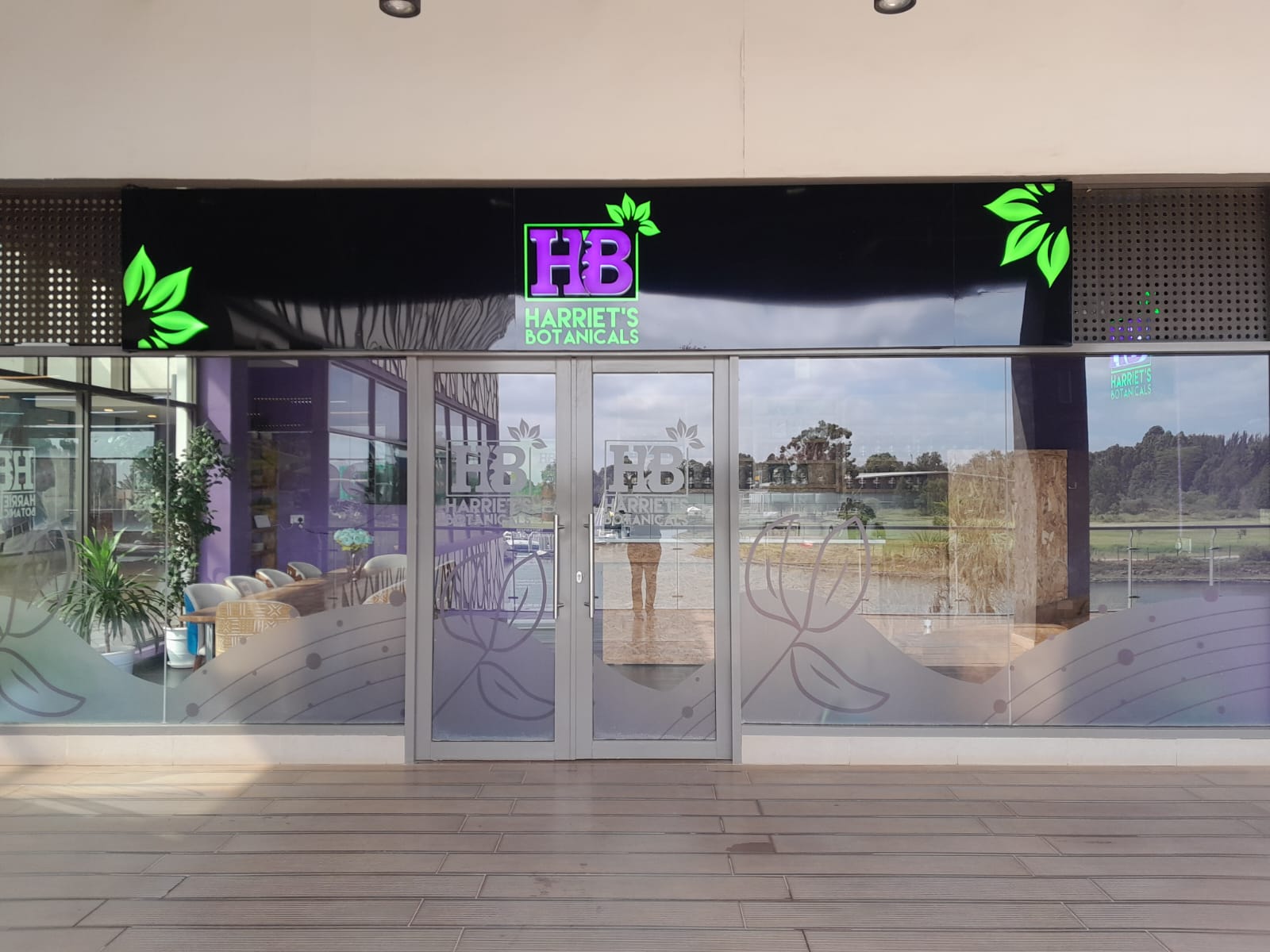Introduction
In today’s competitive Kenyan market, your brand’s color palette is more than just an aesthetic choice — it’s a powerful communication tool. Whether you’re running a Nairobi café, a Mombasa boutique, or a Kisumu tech start-up, the colors you choose can influence emotions, purchasing decisions, and even how customers perceive your pricing. Research shows that up to 85% of consumers cite color as the primary reason for choosing a product, and this is just as true in Kenya’s growing SME sector.
In this guide, we’ll explore the psychology of colors in branding, with examples tailored to the Kenyan market, and help you decide the perfect palette for your business — from your logo to your signage.
1. Why Colors Matter in Branding
Colors affect customer behavior, shape perceptions, and create brand recognition. Think about Safaricom’s green — instantly recognizable and associated with trust, growth, and stability. In Kenya’s crowded streets full of billboards and shop signs, the right color choice can make your brand stand out from 50 metres away.
Key benefits of strategic color choice:
-
Emotional impact: Color can trigger feelings of trust, excitement, or exclusivity.
-
Brand recall: A consistent color palette makes your brand memorable.
-
Differentiation: Helps you stand out from competitors in your niche.
2. The Psychology of Popular Brand Colors
Here’s what different colors typically communicate to Kenyan consumers:
| Color |
Meaning in Branding |
Kenyan Market Examples |
| Red |
Energy, urgency, passion |
Airtel |
| Green |
Growth, trust, eco-friendliness |
Safaricom, KCB,Co-operative Bank |
| Blue |
Reliability, professionalism |
KPLC, Stan Chart, Family Bank |
| Yellow/Gold |
Optimism, warmth, affordability |
High-end salons, beauty brands in Nairobi Westlands |
| Black |
Luxury, sophistication, exclusivity |
Hotels, Designer clothing boutiques |
| Purple |
Creativity, premium feel |
High-end salons, beauty brands in Nairobi Westlands |
3. Matching Colors to Your Business Goals
The right palette depends on your business objectives:
-
If you want to attract high-end clients → Use deep, rich tones like navy, black, or gold.
-
If you want fast sales or impulse buys → Use red or bright yellow in limited but strategic spots.
-
If you want to project eco-consciousness → Greens and earth tones work best.
4. Considering Kenya’s Cultural Context
In Kenya, color meanings are often influenced by cultural heritage and daily life:
-
Green is linked to farming, prosperity, and health.
-
Red resonates due to the national flag and is often tied to strength and resilience.
-
Black is both elegant and culturally significant, representing unity and identity.
When branding for a Kenyan audience, avoid colors that may have negative cultural connotations in your target region.
5. Budgeting for a Professional Color Palette
Hiring a professional brand designer in Kenya can cost anywhere from Ksh. 20,000 – Ksh. 80,000 depending on complexity and whether you also need logo, signage, and stationery design. It’s worth the investment because a poorly chosen color scheme could cost you more in lost sales over time.
If you’re doing physical signage, quality paint or vinyl in custom brand colors can range from Ksh. 2,000 – Ksh. 6,000 per square meter depending on finish.
6. Testing Your Palette Before Full Rollout
Before repainting your shop or ordering Ksh. 100,000 worth of signage, test your color palette:
-
Create sample business cards, flyers, and social media templates.
-
Use a small signboard outside your store for two weeks and observe reactions.
-
Run Instagram or Facebook polls targeting Kenyan audiences.
7. Cross-Linking Tip for SEO
Once you’ve chosen your colors, the next step is ensuring they translate well into physical signage.
Conclusion
Color isn’t just decoration — it’s a language your brand speaks every day. In Kenya’s fast-growing market, choosing the right palette could be the difference between blending in and becoming a landmark in your customers’ minds. If you’re ready to upgrade your brand’s image, consult a professional who understands both color psychology and Kenya’s cultural nuances.



